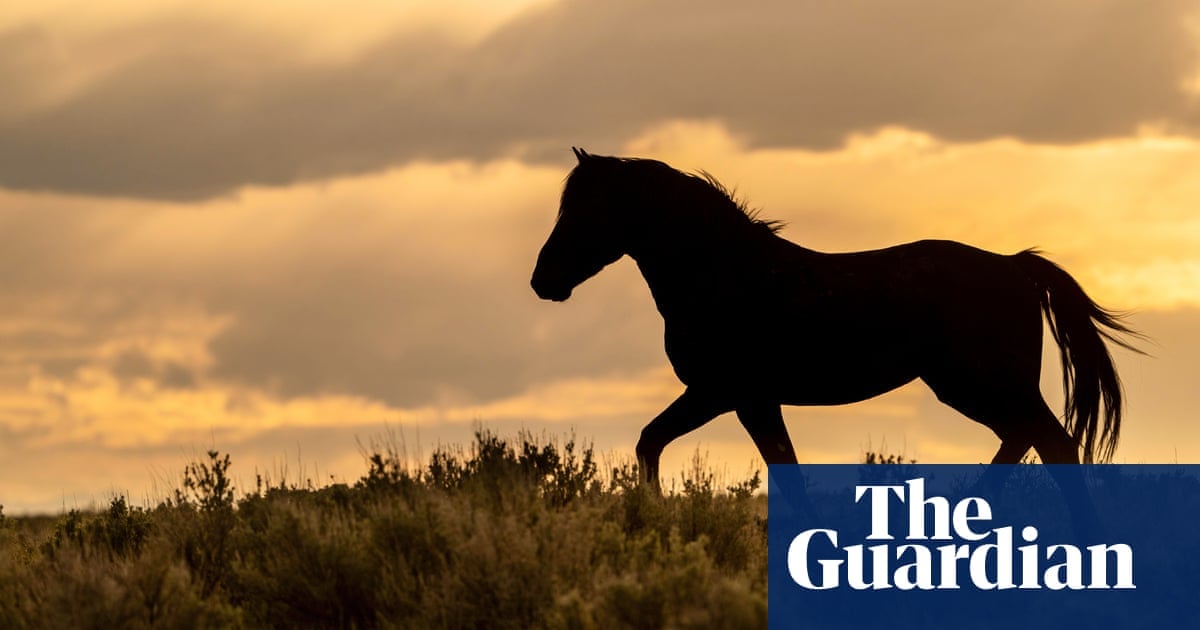Oh, I’m sorry, I thought this was America!
Well if you can’t use explosives, I suggest you soak the carcass with gasoline and light it up using a minigun. That should be American enough.

In less extreme times, the US Forest Service routinely blows up carcasses of fallen horses – after removing horseshoes to minimize the hazard from flying metal debris – to prevent gatherings of ravenous grizzly bears that frequent Wyoming’s open spaces.
It probably doesn’t make economic sense if the carcasses are in hard-to-access locations, but it is a little unfortunate that the hides can’t be used.
Back in World War II, bomber jackets were made out of horsehide leather, because it was very tough and durable, and because there were lots of horses in use, so there was a ready supply.
But today, there are far fewer horses around. They’ve mostly been replaced by motor vehicles for transportation or farm work, so horsehide is in scarce supply. As a result, if you want an actual horsehide bomber jacket, it’s pricey. It’s more common today to use cowhide for leather stuff.
Page won’t load right. Possible first Lemmy hug of death?
Both links load okay for me here (albeit two hours after you commented, when I saw your comment).
All four of us!
They’re just gonna beat them now, instead.
What made them start in the first place? Sounds like a deranged thing to do.
Makes them break down easier/faster and less logistically challenging and costly than taking them somewhere to be composted. Also stops grizzly and whatnot from gathering at the horse.
They do it in areas where predators would be drawn into human contact. So like hiking areas.
Unfortunate that no wildlife will eat dead horses in Wyoming.
They probably don’t want to contribute to conditioning predators to think of horses as a food source.
The reason is given in the article.
They don’t want the carcasses to attract grizzlies close to trails where human traffic is expected.
Ah, I missed that line. But I guess I was on the right track in my thinking.
Depredation is bad.











